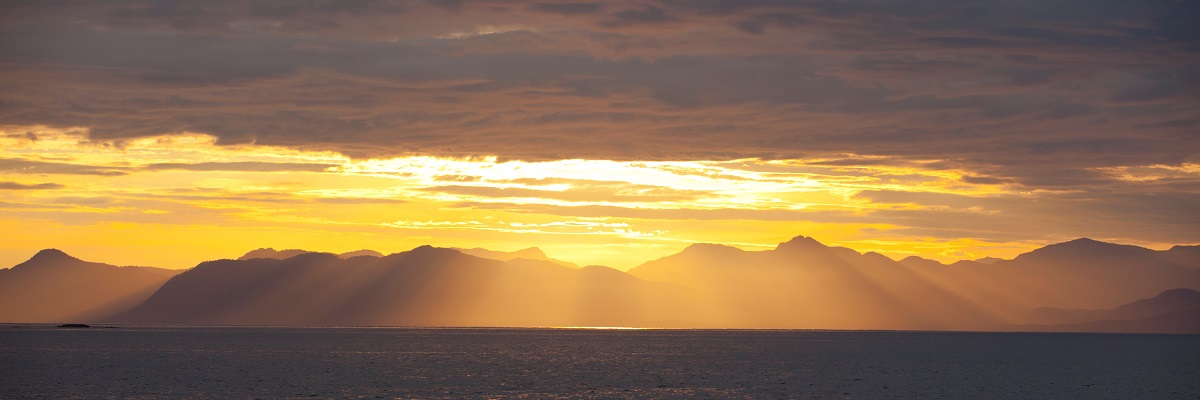
What’s in the Camera Bag? Alaska
There are a number of ways to see and photograph Alaska, ranging from cruises, to overland trips, to specialized wildlife viewing expeditions in far flung corners of the state. However, because the wildlife tends to have significant overlap between regions, these suggestions should fit well with any adventure in Alaska, with specific emphasis on wildlife and landscape photography.
Please note, photographic styles vary, as do conditions on the ground. While this is meant to be a guide for choosing your camera gear, you should consider your own photographic interests first and foremost.

Ultra wide angle
While I personally love ultrawides in the 10-22mm and 12-24mm range for crop-sensor cameras and 16-35mm and 17-40mm range for full frame cameras, it’s not an essential lens for an Alaska wildlife adventure. They can be a ton of fun for general travel photography, but not critical for this trip. You may wish to bring another lens in its place if space and weight is an issue in your camera bag.
Wide angle zoom
This is indeed an essential lens. Something in the range of 18-55mm, 24-70mm, or 24-105mm is excellent for Alaska because of the many stunning landscapes and general photo opps. In addition, wide angles such as these can often double as a nice macro lens, useful when walking through patches of wildflowers. This is also a great general travel photography lens for capturing the “vibe” of an Alaskan wildlife safari. I would say this is a must in your kit.
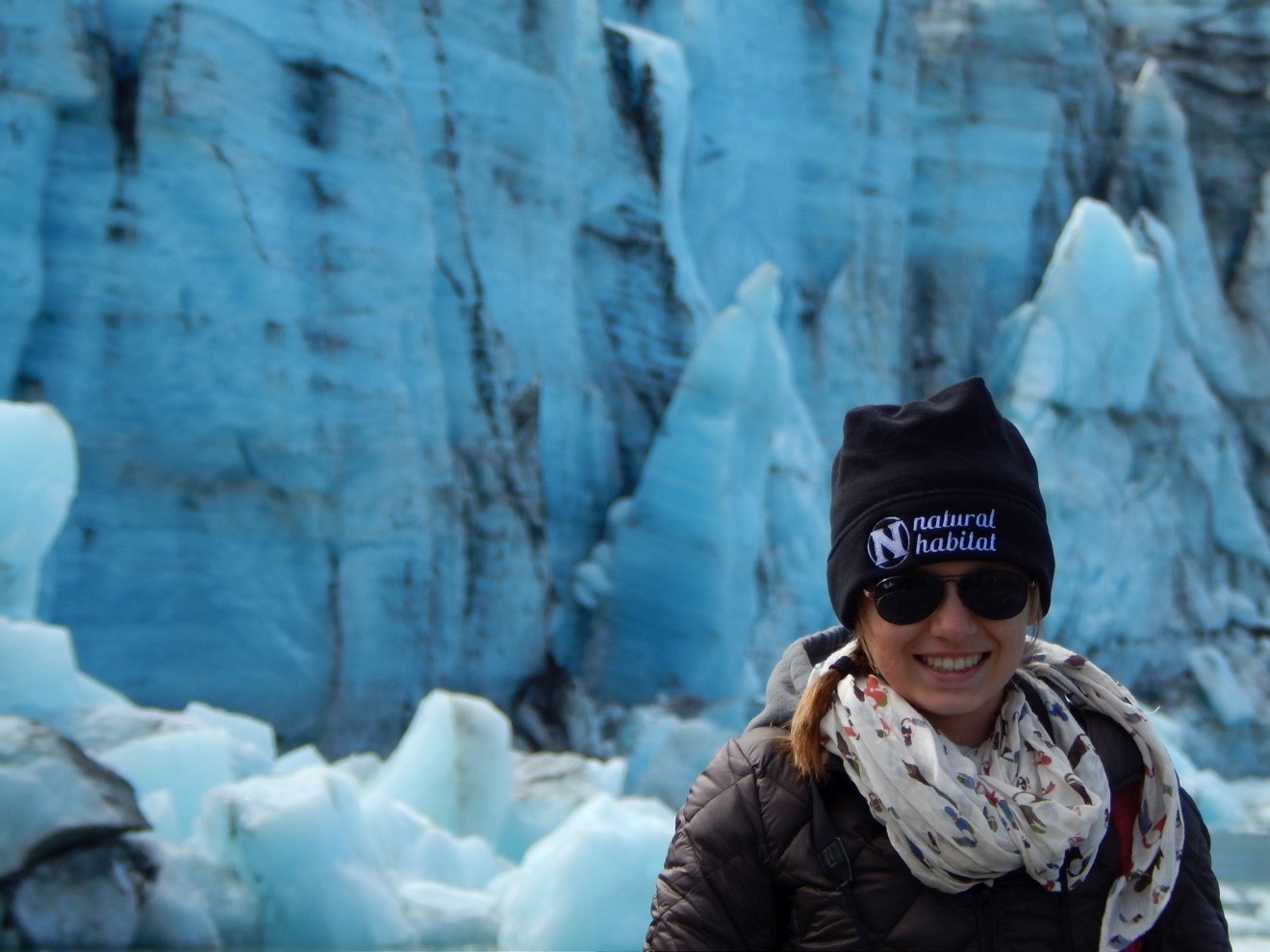
Zoom telephoto/super-telephoto
Something with distance and power is another critical consideration in Alaska. However, it can be a tough decision on how much telephoto power is enough or ideal. While I personally don’t go anywhere without my trusty 70-200mm, it’s very “in between” for Alaska. If you were to bring it, its primary function would be only when wildlife is very close or an alternative to your wide angle zoom when photographing distant horizons, animals in their habitat, mountain ranges, and the like. While a 200mm may be good for 50% of your “telephoto” photos, you’ll want something with an upper range of 300mm or 400mm equally as often, especially when photographing bears and birds.
Personally, my top pick is something versatile with a good maximum range – a 70-300mm, 80-400mm, 100-400mm, or 200-400mm all fit the bill.
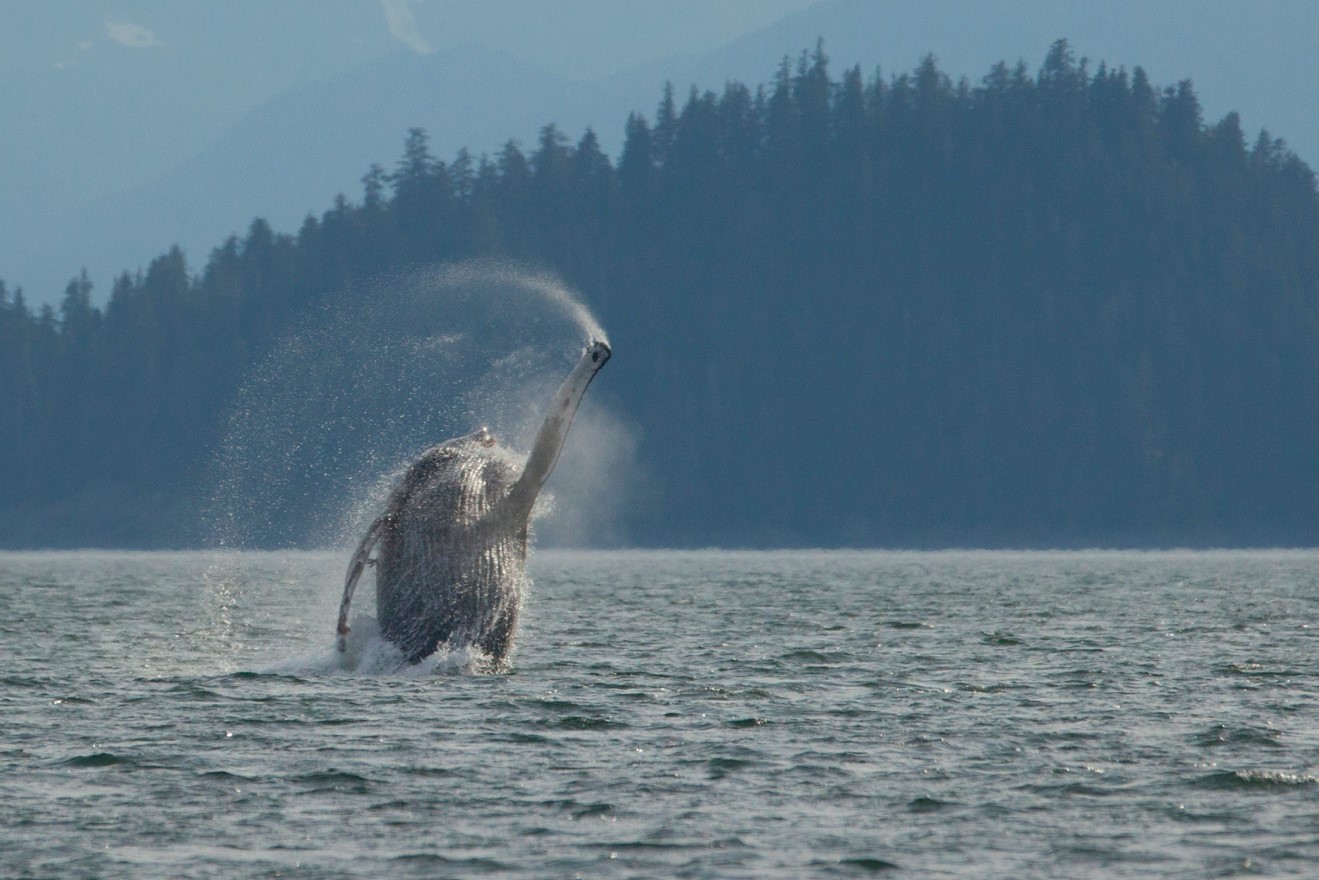
Super-telephotos
Many people wonder if bringing a 500mm or 600mm lens is needed and/or worth it. To answer properly, there are quite a few considerations. First and foremost is whether you have the space, weight allotment, and budget to make this work. These often look like bazookas, so you have to be ready to carry a 10 pound lens and swing it around from left to right as wildlife moves and new shots present themselves. Second, you have to understand how powerful of a camera body you have. That is, what does your resulting photo look like if you were to crop it significantly? High end cameras have the definition and sensor quality such that you can often get away with photographing at 200mm or 300mm only to then crop it on the computer to get the framing you want. However, more intro level cameras often compromise quality significantly if you have to crop by very much. Thus, you can get away with less zoom on a fancier camera. You may need more zoom if on a more entry level model.
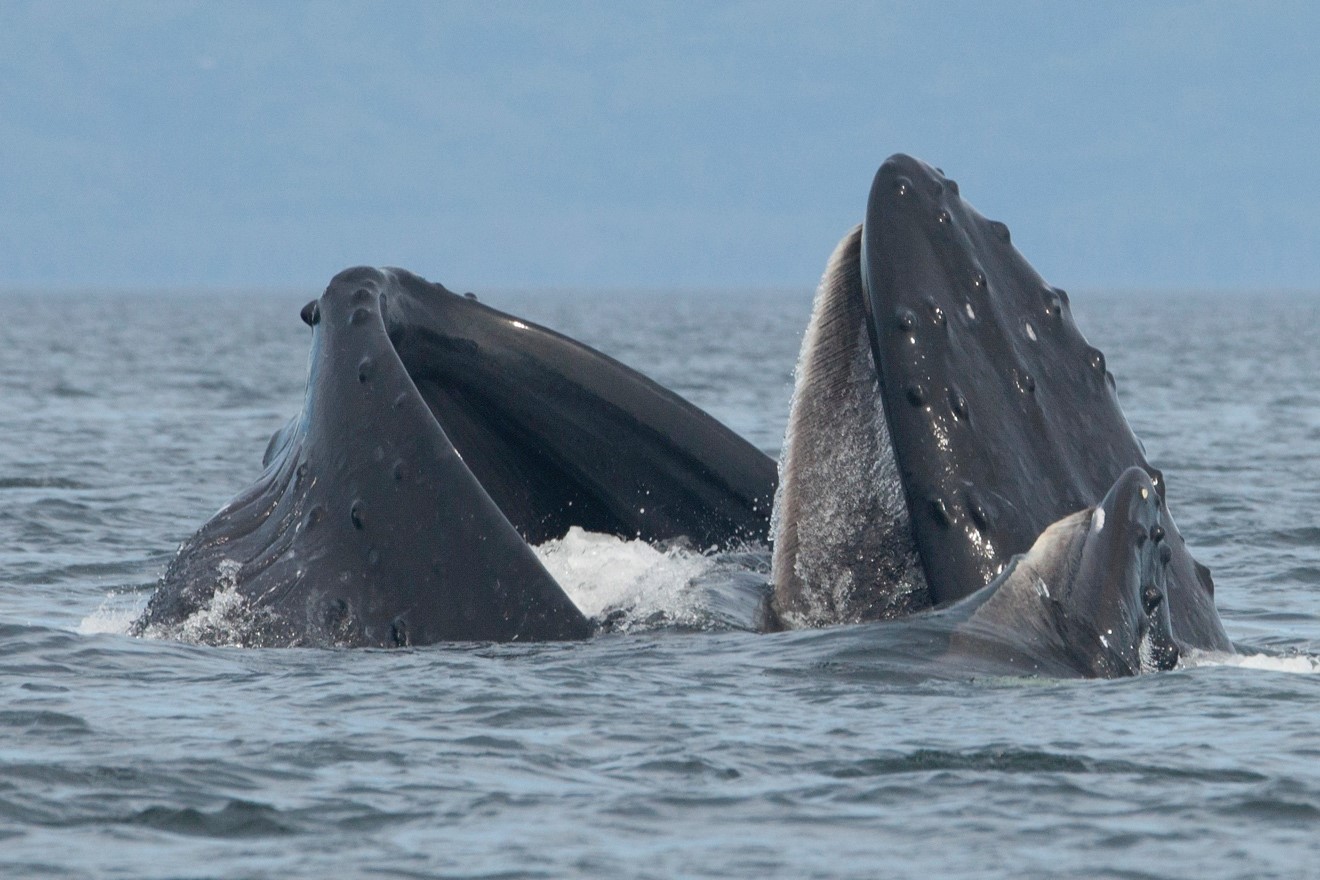
In the end, a 500mm lens can be very nice, especially for filling the frame with wildlife. However, there is a cost, not just financially, but also in the effort needed to bring the lens along with you. Very often a more compact 70-300mm or 100-400mm will get you 95% of the shots you want. But, sometimes the other 5% is what gets you the magazine cover.
Multi-purpose Lenses
Typically these are not in my top picks for lenses, as they usually sacrifice a good bit for the convenience of an versatile zoom range. However, because Alaska offers SO many photographic opportunities, and they could all be happening at the same time (eg, wildflowers at your feet, eagle soaring overhead, whale breaching in the distance), a multipurpose lens is worth considering as your “go-to” on the trip. Something like an 18-200mm or 28-300mm allows you to be shooting a wide landscape one moment and then a zoomed in wildlife shot the next…all without taking the time to change lenses, which could result in missed shots. However, I will caution you that multi-purpose lenses are a big balancing act of speed (the f-stop number), quality (how sharp the resulting photos are), and price (to get your cake and eat it too, it’s gonna cost ya).
X-factor Lenses
These are lenses that you don’t really need, but if you have the space, are extremely fun to have with you in Alaska.
A 100mm macro is excellent for wildflowers, a nifty-fifty (50mm f/1.8 or f/1.4) is an excellent all around travel lens, and an ultrawide can give you unique near-fisheye perspectives on things not otherwise achievable.

Batteries
You won’t be in the battery-sapping frigid arctic, but keeping your batteries in your pants pocket will help them stay warm and fully charged. Plan on bringing an extra battery or two for long days in the field.
Memory cards
Much like other wildlife destinations, you’ll be surprised at how many photos you take. Estimate a number and then double (or triple) it!
Extra camera body
Can be helpful, especially if using a fixed focal zoom of any magnitude. It can be frustrating to have a sublime 400 or 500mm lens, capable of photographing the drool on a bear’s canine tooth at high resolution, but then to not be able to zoom out to a wide angle shot of said bear meandering on the shore in its natural habitat. The downside is that it makes you a bit less mobile since you have to lug another camera with you.

Tripod
Can also be helpful, especially if you plan on carrying a long lens or plan on doing a lot of landscape photography. In addition, when waiting for wildlife, it can be helpful to have your camera positioned on a tripod so that you don’t have to hold it for long periods or set it down on wet grass or sandy shoreline. But, it’s not critical, as you will generally have enough light to photograph at high speeds.
We hope this have been helpful, but if you have any specific questions or your own recommendations, please leave a comment below!
Go forth and give it a shot,
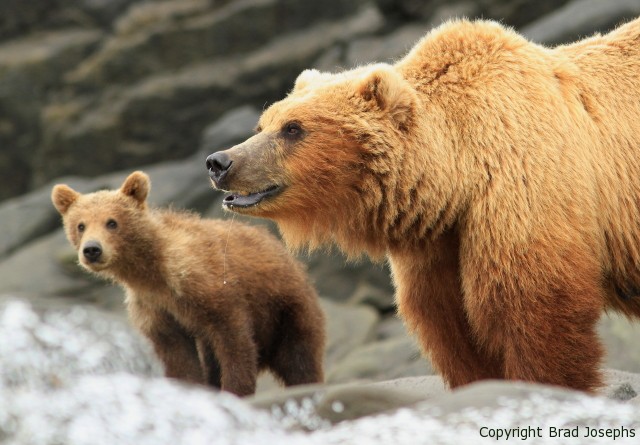
6 Comments

Naushad Jamil
August 2, 2019 at 1:31 pm

Court Whelan, Ph.D.
August 21, 2019 at 10:16 am

Jeff Kouba
April 21, 2021 at 3:32 pm

Court Whelan, Ph.D.
May 5, 2021 at 1:39 pm

ROD BALDWIN
September 4, 2023 at 5:51 pm

Court Whelan, Ph.D.
September 6, 2023 at 1:54 pm
Loved the writeup here. I was in a dilemma to decide if I should take a super telephoto like 200-500mm. Your comment on 70-300mm could take 95% of the shots helped me calm a bit on not worrying about the 200-500mm. You also said earlier in the article 70-200mm can do 50% of the zoom shots. So these are a bit conflicting. Perhaps your point is with high megapixel shots and heavy cropping 50% + 45% (heavy cropping) can be achieved.
I myself didn’t have much good luck with heavy cropping on 24MP images.
Thanks.
Hi Naushad, there is always the saying that “you never have enough zoom”, so it’s always worth considering a bigger telephoto for wildlife. But a big consideration here is whether you have a crop or full frame camera. If you have a crop frame, that 300mm likely turns into something just shy of 500mm. But that also means that a 500mm turns into something around 700mm, which is powerful! If you do indeed have the 200-500mm, I’m not sure if I would leave it behind, as you may get some really great shots with it.
Great write up. We’re going to Katmai to photograph bears in mid-September. Do you think some sort of weather protection for the camera (e.g. a rain sleeve) would be necessary/useful??
Hey Jeff, for Alaska it’s always a possibility. They’re inexpensive and ultra portable, so there’s no big downside. I do prefer to shoot without one if it’s intermittently raining, but if I’m getting stellar shots and it’s pouring, I’ll indeed don the camera weather jacket. For $30 it’s a great insurance policy :).
Just searching for an opinion really, i currently use a Canon R7 and a Tamron 18-400mm and have no problems at all ( except for me that is ) but i’m spending a huge amount of money to go to Alaska and wondering should upgrade the lens to a 600mm?
Hi Rod, great question! The 18-400 will be good, but these “multi purpose” lenses sometimes can lack a bit of quality when using them at their greatest telephoto reach of 300 or 400mm. You don’t really need a 600mm for Alaska, especially because you’re on a 7D, which gives you a 1.6x crop factor making your 400mm a 640mm actually. However, if you want to upgrade, I would consider Canon’s 100-400mm mark 2, which is a wildly sharp lens. If you are talking about Canon’s 600mm f/4, that’s a SUPERB lens, but quite large. Not entirely prohibitive, but it’s a real consideration if you want to carry that along with you, as well as a tripod. My vote is for the 100-400ii. Hope this helps!